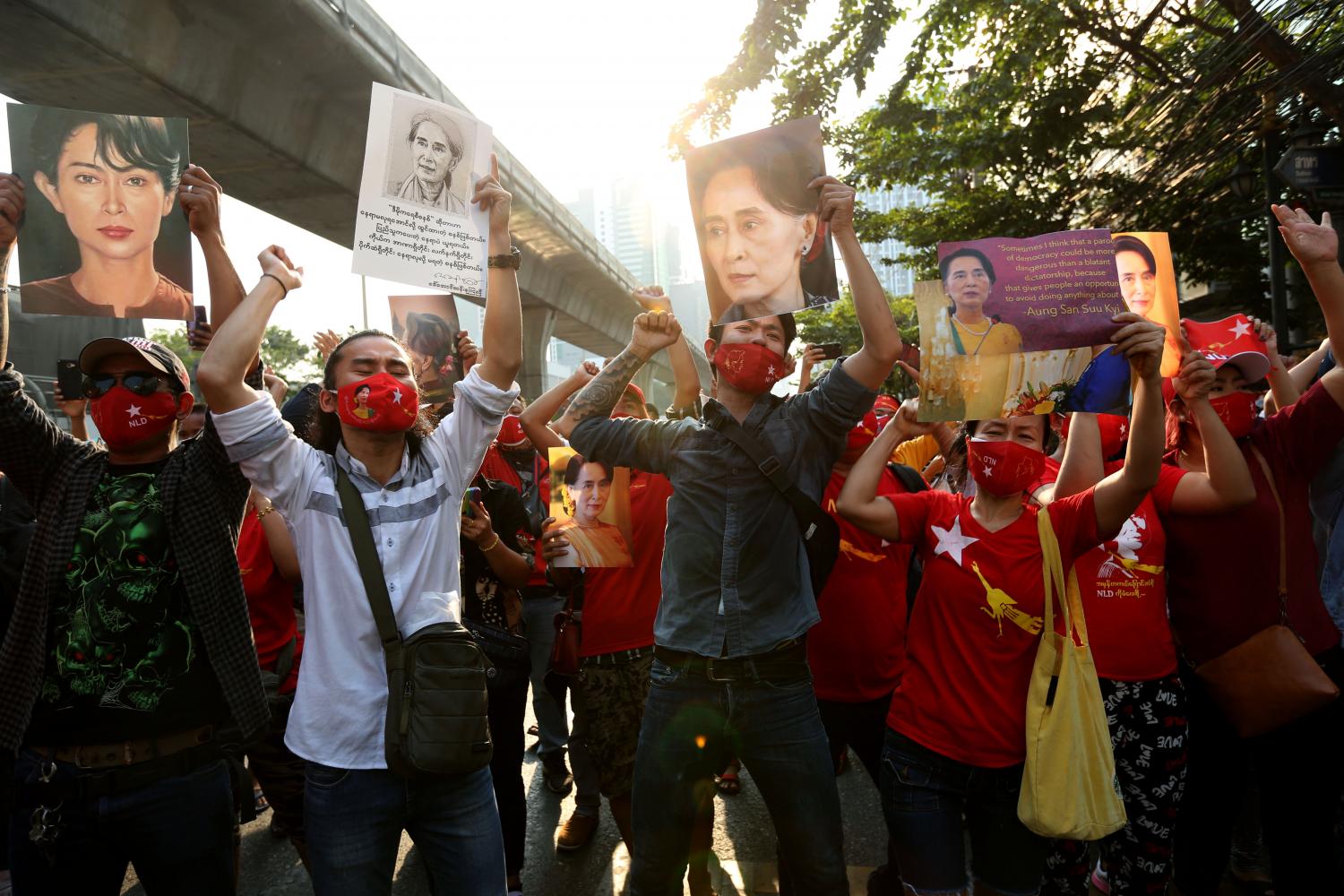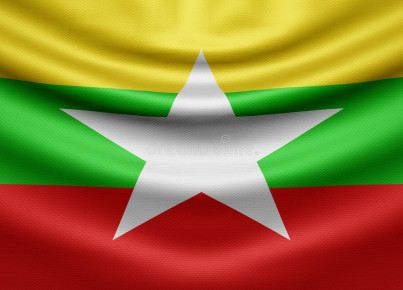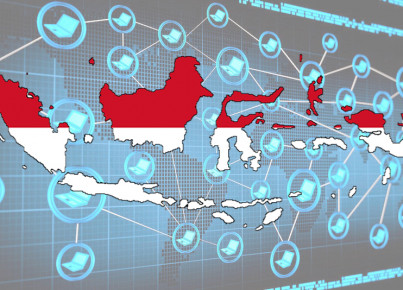By Agnese Loreta
From the Internet and social media boom in 2013 to their shutdown intermittently starting in 2021. How the Burmese military's coup has changed social media use
War and social media, a binomial founded on a mutual dependence and that has developed since the middle of the 19th century with the birth of modern information tools. Since then, this relationship, almost intrinsic, has not failed but, on the contrary, it has reinforced and led to a growth in the informative exposure of conflicts. Two elements of this relationship are interesting: the first is the attempt to control information traffic, the second is the intensive use of social media as weapons.
Both of these processes are known to the Military Junta and the Civil Disobedience Movement (CDM), respectively, two of the main actors in the situation in Myanmar.
After February 1, 2021, the date marking the third coup in the country's history, and following the arrest of Aung San Suu Kyi, the long-hidden discontent erupted on the streets of Burma making itself heard loudly through the CDM, with social media playing a key role in its creation and in its struggle.
The history of Myanmar is sadly surrounded by conflicts, starting from the Anglo-Boer ones up to the invasion of Japan. This time, however, the role of social media has taken on a strong central role, thanks to the fact that it was only in 2013 that the state monopoly on telephone services came to an end, thus allowing a higher fruition of the Internet and associated services. Nevertheless, the policies of the Military Junta against freedom of opinion and expression, implemented since February 2021, have considerably modified the structure of social media users. In fact, while there were 23.65 million Internet users and 29 million social media users in January 2021; one year later, the number has risen to 25.68 million - an increase of +7.1% during 2021 - while there is a sharp collapse in social media users, which stood at 20.75 million in January 2022, practically ⅓ fewer users. According to Statcounter Global Stats in March 2022, the most used social media in Myanmar is Facebook (87.21%), followed by YouTube (5.48%), Pinterest (3.5%), Twitter (1.67%), VKontakte (1.21%), and Instagram (0.38%).
In addition to its predominance in the country, Facebook is also known to have played a complex role in Myanmar. In point of fact, if on the one hand it has succeeded in unifying Burmese citizens and creating direct communication between the people and the government in charge, on the other hand it has not been able to control the difficulties arising from the rapid spread of social media in a short period of time, such as hate speech and misinformation problems related to the absence of the so-called "critical digital literacy". Despite the fact that Facebook has adopted tools and policies aimed at solving the above-mentioned problems, they did not disappear but re-emerged with force on the occasion of the 2020 elections and, subsequently, after the coup d'état which was followed by the ban on the use of Facebook. The military junta believed that this move could stop the manifestations and activism of the CDM but, on the contrary, it led to an exponential increase in the use of Twitter which, however, was not able to solve the problems of misinformation and hate speech that plagued its brother-Facebook.
According to Freedom House's analysis, Internet freedom in Myanmar has suffered an acute setback since the coup and marked "the most serious decline ever documented by Freedom on the Net", as noted in the introduction to the Report, which gives the country an overall score of 17/100.
Although social and Internet platforms are obscured and blocked in Myanmar by the military government, protesters are capable of bypassing these bans through encrypted messaging - such as Signal, Viber, and Messenger - and VPNs; moreover, applications such as Bridgefy ensured that protesters could communicate with each other even during moments of total Internet blackout. This shows how limited and antiquated the practice of Internet shutdown is, but also how strong the resistance of citizens is.
In conclusion, even though social media is not without its flaws and headaches and the road to its conscious, effective use is still long, it must be acknowledged that it played a crucial role in the birth and survival of the CDM. They have been able to keep the attention on the issue alive at an international level, they have been capable of bringing among Burmese citizens the value of inclusiveness, since the main language used in social media was Burmese and they have been a place - albeit virtual - where the key words were resistance and solidarity.






